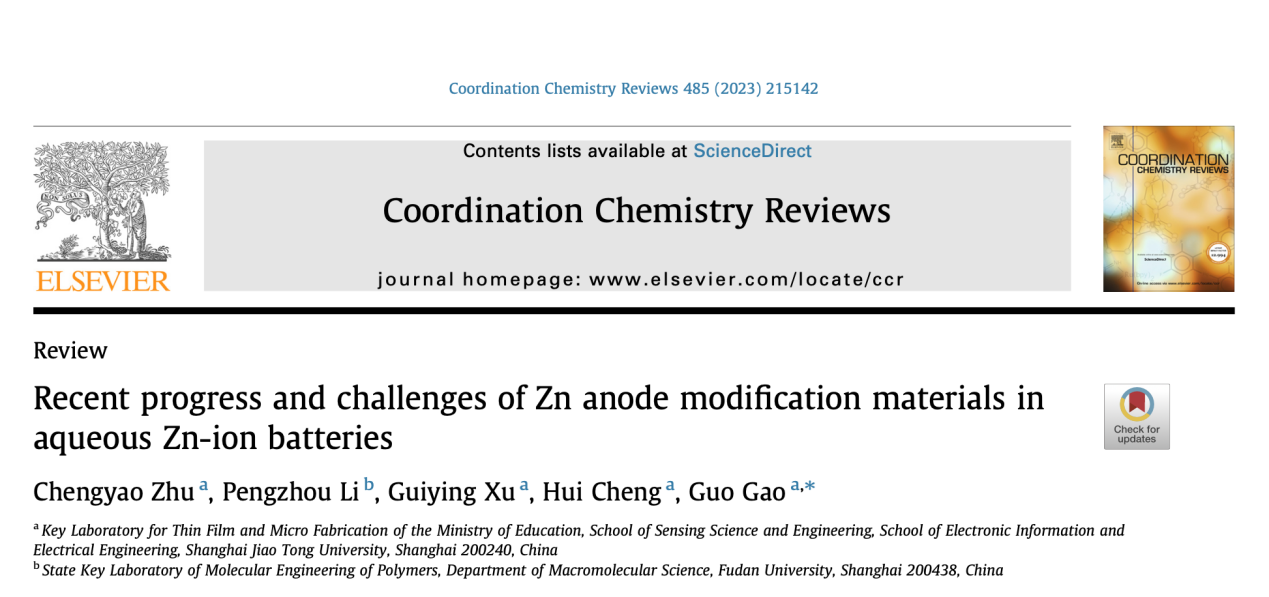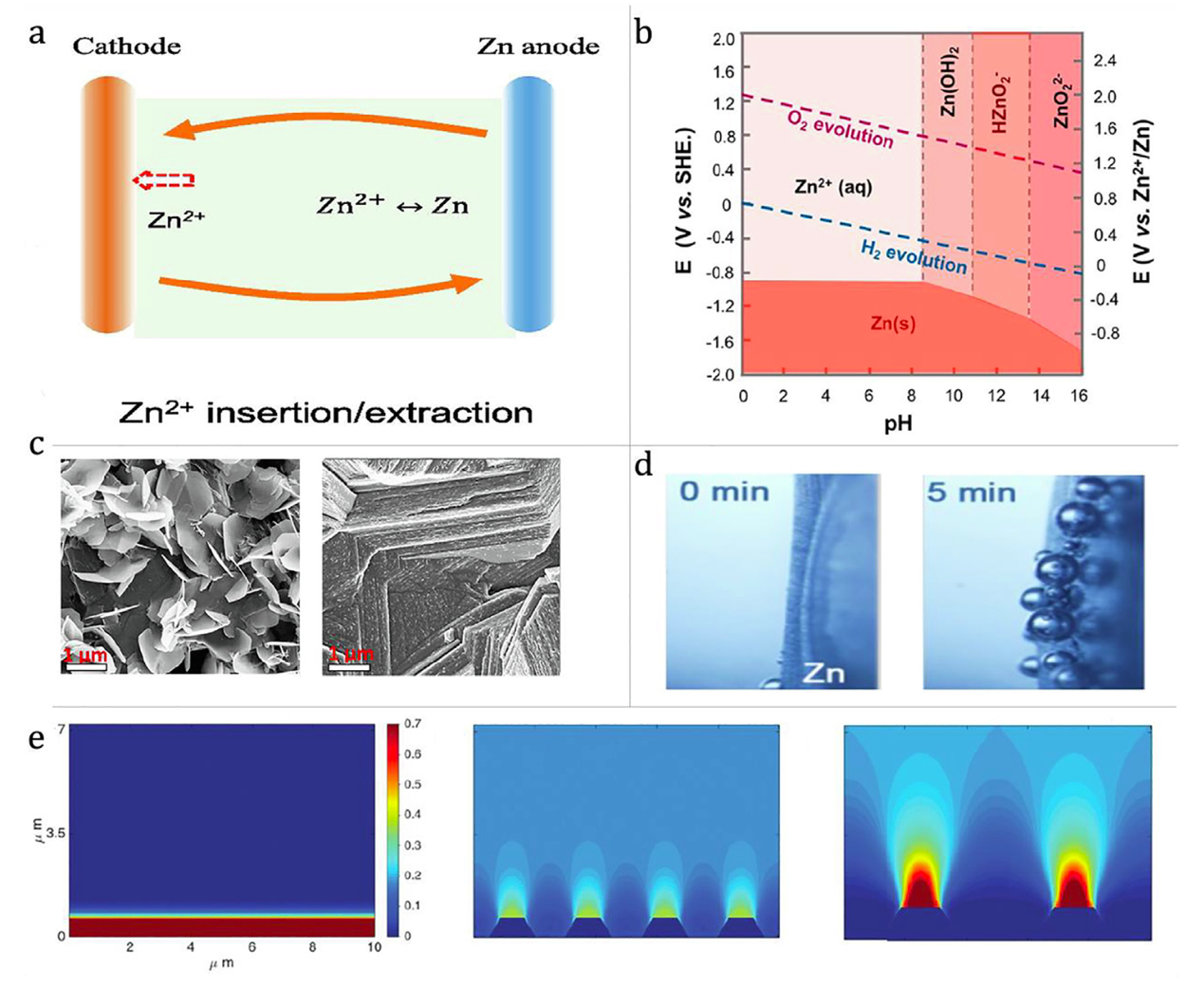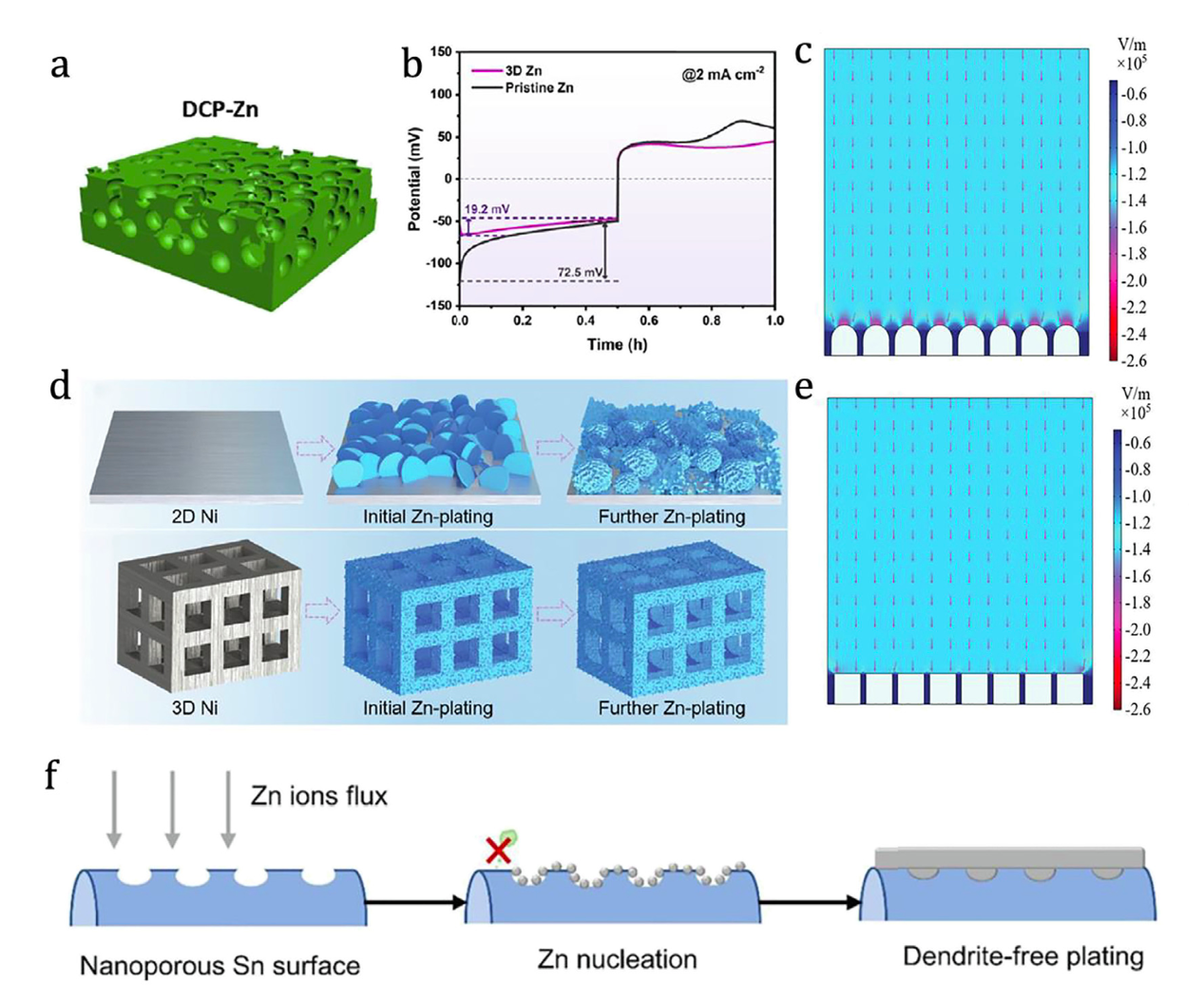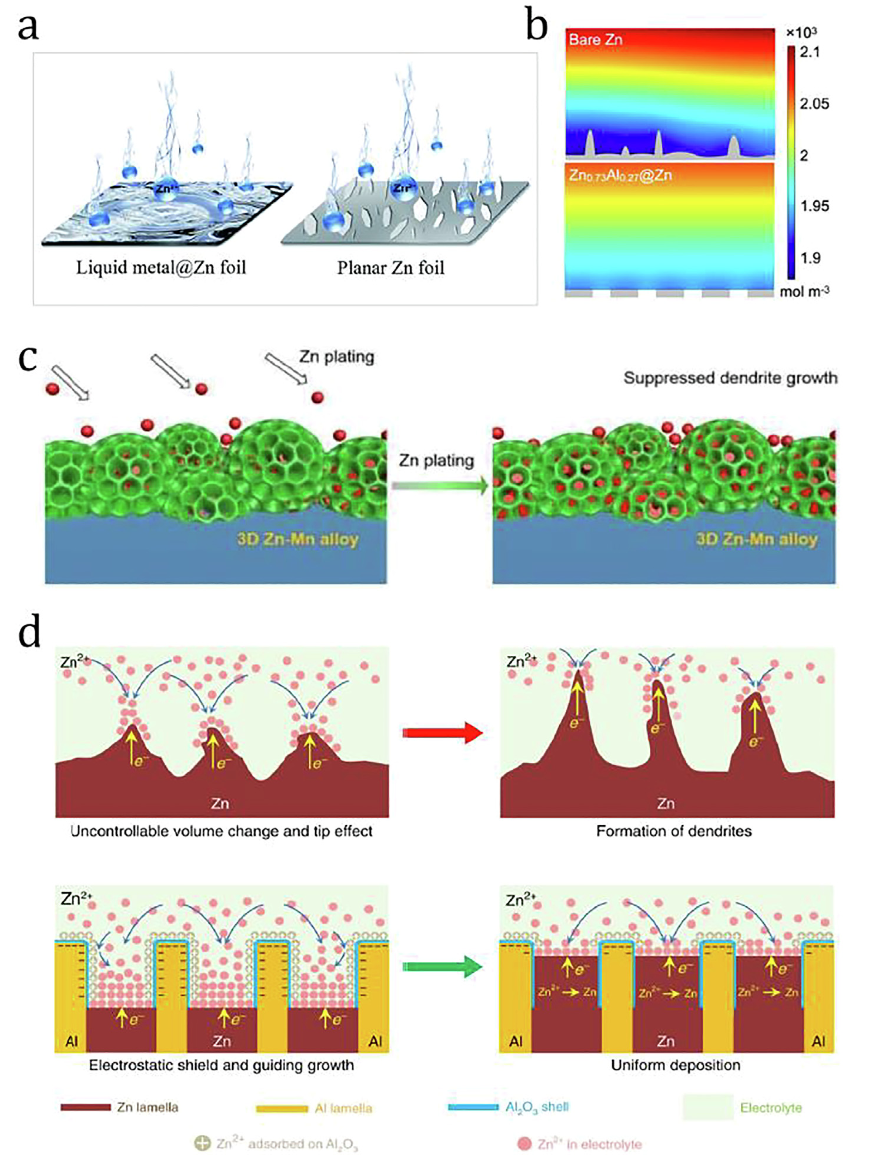- Home
- About Us
- Students
- Academics
-
Faculty
- Electrical Engineering
- Automation
- Computer Science & Engineering
- Electronic Engineering
- Instrument Science and Engineering
- Micro-Nano Electronics
- School of Software
- Academy of Information Technology and Electrical Engineering
- School of Cyber Security
- Electrical and Electronic Experimental Teaching Center
- Center for Advanced Electronic Materials and Devices
- Cooperative Medianet Innovation Center
- Alumni
-
Positions
-
Forum
News
- · Shanghai Jiao Tong University professors Lian Yong and Wang Guoxing's team have made remarkable progress in the field of high-efficiency pulse neural network accelerator chips.
- · AI + Urban Science research by AI Institute was selected as cover story in Nature Computational Science!
- · The first time in Asia! IPADS's Microkernel Operating System Research Wins the Best Paper Award at SOSP 2023
- · Delegation from the Institution of Engineering and Technology Visits the School of Electronic Information and Electrical Engineering for Journal Collaboration
- · Associate professor Liangjun Lu and research fellow Jiangbing Du from Shanghai Jiao Tong University made important advancements on large capacity and low power consumption data transmission
Associate Researcher Guo Gao and co-workers from Shanghai Jiao Tong University published the review on recent progress and challenges of Zn anode modification materials in aqueous Zn-ion batteries
Recently, the team of Associate Researcher Guo Gao from the School of Sensing Science and Engineering, School of Electronic Information and Electrical Engineering, Shanghai Jiao Tong University published a review paper titled "Recent progress and challenges of Zn anode modification materials in aqueous Zn-ion batteries" in the international academic journal Coordination Chemistry Reviews (IF=24.8).

Figure 1 The review was published in Coordination Chemistry Reviews.
1. Introduction and Background
The depletion of fossil resources has been unable to meet energy demand and has caused many irreversible environmental problems. With the increasing demand for electrochemical energy storage equipment, there is an increasing demand for batteries with low cost, high safety and low environmental impact. Although traditional organic Li-ion batteries (LIBs) occupy half of the energy market, safety problems and high cost have been the inevitable shortcomings of traditional LIBs. Aqueous electrolytes show potential advantages due to the flame retardancy and high ionic conductivity. Aqueous Zn-ion batteries (ZIBs) are widely used in the field of energy storage due to their high safety, low cost, large capacity (5851 mA h/cm3), and environmental friendliness, and ZIBs are considered as the next generation of portable energy storage systems. However, challenges such as dendrite growth, hydrogen evolution reaction (HER), and corrosion must be addressed before commercial applications can be realized.
2. Article Highlights
- Comprehensively summarized the origin and fundamental mechanisms of the crucial issues including Zn dendrites, HER, and corrosion.
- Innovatively discussed timely the strategies for Zn anode modification strategies (including coating strategy, structure strategy and alloying strategy), and comprehensively discussed the designing points of modification materials, including some novel materials (MOFs, COFs, and MXene.)
- Challenges and perspectives of modification methods and material designing points are presented for both future studies and commercial applications in the field of aqueous ZIBs.

Figure 2 Schematic diagram of several critical bottlenecks Zn anode in aqueous ZIBs.

Figure 3 Schematic diagrams of energy storage mechanism and dendrite growth, hydrogen evolution reaction and corrosion in aqueous ZIBs.

Figure 4 Schematic diagrams of surface modification strategy of Zn anode in aqueous ZIBs.

Figure 5 Schematic diagrams of structural modification strategy of Zn anode in aqueous ZIBs.

Figure 6 Schematic diagrams of alloying strategy of Zn anode in aqueous ZIBs.
3. Conclusion and Outlook
(1) Unify the test standard of aqueous ZIBs. At present, the test methods and parameters of Zn anodes in aqueous ZIBs are still confusing and ununified. The amount of electrolyte added and the value of DOD are rarely discussed and controlled. The thickness of surface coating layer and alloying layer also should to be restricted. Besides, the mechanical strength and the bonding strength of Zn coating layer also should be quantified in the further exploration. For 3D structure support, the mass of Zn deposition is overlooked and unlimited in previous studies, which significantly effects the cycling performance of aqueous ZIBs. It is worth noting that the performance and importance of both half cells and full cells should be paid equal attention to in the Zn anode stabilization studies. However, one can easily notice the conspicuous performance gap (about 20 times) between symmetric cells and asymmetric cells, especially in high current and capacity conditions.
(2) Develop practical and commercial applications. Although considerable progress has been made in stabilizing Zn anode to improve cycling performance of aqueous ZIBs, the studies are still at the stage of laboratory exploration based on excess Zn and low DOD. Current DOD of Zn foil anode in aqueous ZIB is only 10% and even lower, indicating the low utilization of Zn anode. Structural anodes also have a lot of research space waiting for researchers. At present, the loading of Zn on metal host is only around 1mg/cm2, which far from practical use. Therefore, it is suggested to use thinner Zn foil and design 3D structured anode to increase the specific capacity of the full batteries. Besides, according to the previous studies, the cycling life was significantly reduced when Zn anode at a high current density and capacity, impeding the practical applications of aqueous ZIBs. More importantly, the cost should be emphasized specifically since some studies adopted the expensive materials and technologies. Low-cost and large-scale preparation methods and routings deserve more effort. The balance between cost and benefit is recommended to be captured to accelerate commercial applications.
(3) Adopt advanced characterization and test methods. More application of advanced characterization and electrochemical methods during the study of anode performance. For example, real-time monitoring of HER by in-situ optical microscopy combined with differential electrochemical mass spectrometry (DEMS). In addition, in-situ techniques such as XRD, Raman, FTIR, UV-Vis, XAS, XANES, optical and TEM can be used to analyze the degradation behavior of Zn anode in aqueous ZIBs. Furthermore, the significance of theoretical simulation in the study of 3D host design should be emphasized. The theoretical calculations can further demonstrate the fundamentals of 3D substrate suppressing Zn dendrite growth. It is worth noting that the simulated models should be accurate to get convincing results.
(4) Explore and design composites and novel materials for Zn anode modification. While many materials were employed for optimizing Zn anode, there are still certain limits cannot figure out. As for surface coating, using organic or inorganic materials can homogenize the Zn2+ flux, limit direct contact between anode and aqueous electrolyte, and thereby suppress dendrite, HER, and corrosion. However, the poor conductivity of coatings may raise the internal resistance of batteries. Organic-inorganic composites can combine the advantages of different materials in terms of electrical conductivity, hydrophilicity, and corrosion resistance. The key point is to explore whether the binary or multiple composite coatings can influence each other and design an anode with a synergistic effect. In addition, the current research on alloying Zn anodes is mainly based on binary alloys, and more ternary alloys or even multi-alloys can be explored. It is especially necessary to pay attention to the different performances caused by the different alloy phases. As for structured anode, the promising support materials should provide a large surface area, good structural stability, high-loading ability of Zn and the low lattice mismatch. Besides, 3D structure design is an effective strategy. Compered to typical 2D Zn anodes, 3D structured anodes with high specific surface area can effectively reduce the local current density and redistribute the electric field to suppress the dendrites and volume changes. In particular, the pore structures and narrow channels inside the supports are also important because they can affect the diffusion and transport of the Zn2+ and electronics and further influence the energy density of the battery. Specially, MOFs and their derivatives can be coupled with other novel materials (such as MXene, COFs, and liquid metals) to form heterostructures by electrostatic self-assembly, in situ growth, mechanical mixing, and so on. These heterostructures can be created to achieve multifunctional anodes.
(5) Combine different strategies.Although the strategy to enhance the anode alone is effective, more attention is paid to the overall battery performance in practical applications. Therefore, it is of great practical value to explore the synergy and compound reactions between anode, electrolyte, separator, and cathode. Therefore, a stable anode interface can be achieved by combining structured anodes with electrolyte additives. A lot of work has been done to improve the performance of cathode in aqueous ZIBs by improving the separator and electrolyte, which is also a direction for future development, however currently, there are problems such as high price, complicated preparation, and difficulty in mass production. Therefore, it is important to explore the synergy between various components of aqueous Zn batteries not only in terms of performance enhancement, but also in terms of practical large-scale preparation.
(6) Focus on the unique advantages of aqueous ZIBs. In aqueous ZIBs, HER problem of the Zn electrode is almost inevitable. Most of the current studies are devoted to overcoming the hazard of HER. In fact, adding this unavoidable production of hydrogen to fuel batteries is a direction that can be tried. In this way, the side reaction can be turned into a treasure. Furthermore, it is possible to explore a composite battery system with ZIBs coupled with fuel batteries. It is also a pretty good transition for a one-step implementation of secondary batteries. Currently, flexible wearable electronic devices have been gradually explored and applied, and the power supply energy batteries have not been able to find a suitable choice. Compared to other energy storage devices, aqueous ZIBs enjoy inherent high safety and environmental friendliness. Therefore, aqueous ZIBs is really ideal for wearable, flexible, and foldable electronic devices. The further explorations should focus on the unique advantages. However, Zn mental anode is unbearable for repeated folding. Depositing Zn at a flexible host like carbon cloth is an effective strategy. In addition, liquid alloys with flowability are very attractive because they can be designed as anodes with self-healing function. More interesting features unique to aqueous ZIBs deserve to be explored in more depth, which helps to realize the unique functions and advantages of aqueous batteries.
Chengyao Zhu, Master of Electronic Information and Electrical Engineering, Shanghai Jiao Tong University, is the first author of the paper. Guo Gao, Associate Researcher, is the corresponding author. This research was supported by the National Natural Science Foundation of China (81671737) and the Interdisciplinary Program of Shanghai Jiao Tong University (YG2021QN102, YG2021QN65, YG2019QNB31).
Paper link:https://doi.org/10.1016/j.ccr.2023.215142
-
Students
-
Faculty/Staff
-
Alumni
-
Vistors
-
Quick Links
